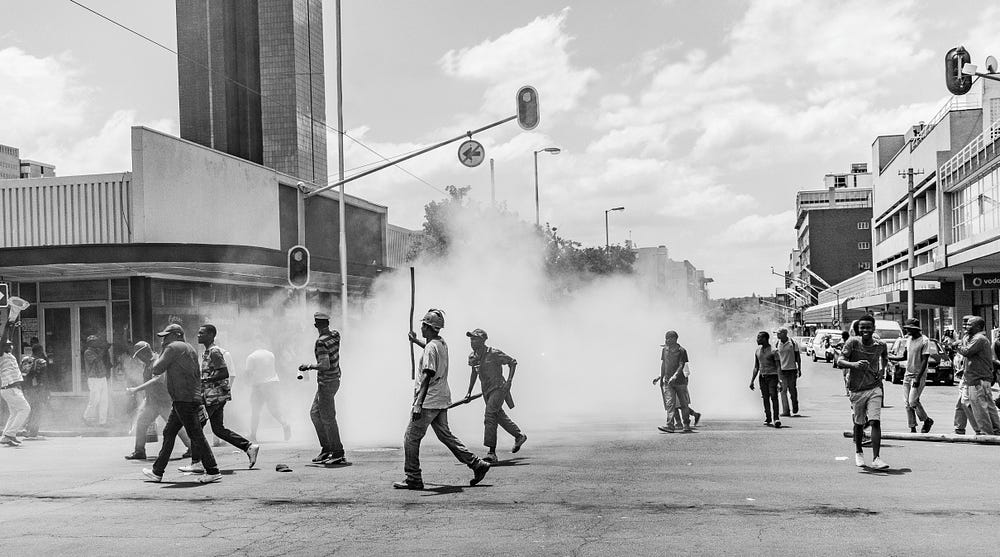
Photo by Pawel Janiak on Unsplash
How is it that a 24 year old white male can strike fear in the capitol of Texas for 19 days and not be labeled a terrorist?
I have been shaking my head over this one since the FedEx photo showing a white male in a yellow wig wearing gloves at a FedEx drop off facility near Austin, Texas was released.
I figured the FBI and local authorities knew all along they were trying to catch a white person because of their reluctance to label the unfolding horror as acts of terror. The unknown assailant was called a bomber, which he was, but his bombs left pure terror in its wake.
Terrorism dates back to the French Revolution. Usually, terrorism involves some act by private citizens or groups of citizens against their government.
Another form of terrorism is where guerrilla attacks are leveled against a foreign government that is imposing its well over another nation’s sovereignty. A prime example would be the Algerian Revolution, where in a reversal of roles, the French were on the receiving end of the terrorist acts.
In the last quarter of the nineteenth century in the United States, terrorism took the form of white hate groups reigning terror on former enslaved Africans by burning up their homes, businesses, schools and hanging them from a tree until they were dead.
In contemporary U S society, its national security agencies have defined five types of terrorism.
They are:
- State -Sponsored terrorism, which consists of terrorist acts on a state or government by a state or government.
- Dissent terrorism, which are terrorist groups which have rebelled against their government.
- Terrorists on the left and right, which are groups rooted in political ideology.
- Religious terrorism, which are terrorist groups which are extremely religiously motivated and
- Criminal Terrorism, which are terrorists acts used to aid in crime and criminal profit.
Unless one consider the fact that hate groups are actually seeking some political gain over the group they hate, then none of these definitions account for violent attacks from hate groups. Albeit, such attacks can strike as much fear into the hated group as any of the types of terrorism listed above.
I contend that hate groups do in fact seek a political ideology as these groups seek to limit other groups from receiving government resources or in participating in the process of democracy.
For instance, the acts of hate groups like the KKK following Reconstruction led to a decline of Black voting strength in United States as Blacks became afraid to vote and to seek public office.
In an effort to not label Conditt a terrorist, the authorities are calling him an anarchist. The authorities are conflating an anarchist as a person who seeks death and mayhem for the sake of death and mayhem. However, the classic dictionary definition of anarchist is a person who seeks the violent overthrow of a government.
The definition of an anarchist does not make allowances for attacks on private citizens like in Austin, Texas.
How then can Conditt be anything other than a terrorist?
Harold Michael Harvey is an American novelist and essayist. He is a Contributor at The Hill, SCLC National Magazine, Southern Changes Magazine and Black College Nines. He can be contacted at hmharvey@haroldmichaelharvey.com